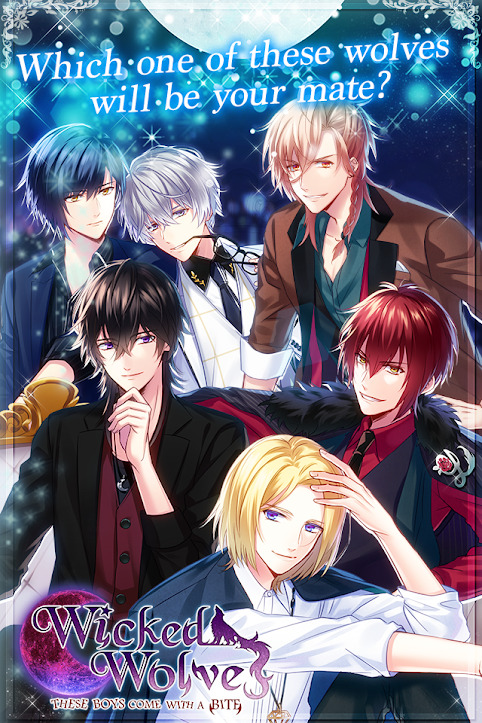
Known as the queen of gems, it symbolizes “passion,” and “pure” love a perfect metaphor of the type of games they wanted to create. Neo Romance is a relatively straightforward name, but what’s the story behind Ruby Party? Keiko Erikawa’s daughter and current executive director for Ruby Party, Mei Erikawa, said that the various meanings of “ruby” are important to the reason behind the team’s name.
VITAMIN R OTOME GAME SONG COVER SERIES
The most popular Neo Romance franchises include Harukanaru Toki no Naka de, a fantasy otome game series that includes RPG elements, and Kiniro no Corda, a otome game series that takes place at a music academy. However, Ruby Party is so synonymous with the Neo Romance line that the names are often used interchangeably in promotional material. Over the years, Ruby Party developed even more games under the Neo Romance label, which is used to indicate Koei Tecmo’s women-oriented titles. The guardians were inspired by Greek mythology, another recurring theme in shojo manga, and were brought to life by Kairi Yura’s ethereal illustrations. Thus, the game’s protagonist and namesake would be a cute girl with blonde hair and wear red, western clothing.

The shojo manga influence was so strong, in fact, that the character designer, Kairi Yura, was instructed to make Angelique’s protagonist like Candy from the hit 1970s shojo manga Candy Candy.

To get girls who may have never played a video game interested in their title, Ruby Party used popular shojo manga aesthetics and tropes to appeal to their existing interests. This served to draw in new players and better immerse existing fans in the world of Angelique, while also offsetting the lower sales of the game itself.Īngelique’s ties to manga run much deeper. Thus, tie-in drama CDs, manga, and events with voice actors filled in the gaps by adding more stories and voices to the characters. Unfortunately, because the original Super Famicom release of Angelique didn’t support voice acting, the world and its characters couldn’t fully be conveyed through the game. Thus, the “romance simulation game” was born. Players would assume the role of a girl in a competition, gaining assistance from the guardians to populate their continent and potentially fall in love. If you looked at it as a game, it just wasn’t fun at all (laugh).” It was her husband, Yōichi Erikawa, who brought his experience making games to Angelique to give it the hook it needed. Though the story and characters were established early on, Keiko Erikawa reflects that “… It just wasn’t becoming a game. “It took a long time to get our female staff used to making games,” she said “None of the women we hired had any experience making games.” As a result, it took over 10 years after Koei started its push to hire more women before Angelique was released.

However, in a Famitsu interview for the 20th anniversary of Angelique, Keiko Erikawa describes that due to the fact that few women at the time studied programming, they ended up hiring many women from humanities backgrounds. Thus, in order to create a different game from a woman's perspective, Koei began recruiting women to helm a new team. However, despite the fact that they have gradually gained popularity outside of Japan with titles such as Hakuoki: Demon of the Fleeting Blossom and Amnesia: Memories, there is little information in English about the ground-breaking development team that started it all. Otome games can span thematic genres from samurai drama to sci-fi, and sometimes include RPG or simulation game elements.

Today, otome games are generally narrative-focused games aimed at women that allow players to pursue romantic relationships with multiple male characters. Consequently, Virgo in Japanese is the “otome sign” (otome-za), highlighting the virginal, pure connotations of the word and the genre’s initial emphasis on pure love as often depicted in shojo (girls’) manga at the time. The “otome” of otome games comes from the Japanese word for “young girl” or “maiden,” referring to the intended audience for the genre. This game, marketed towards young women as a “romantic SLG” (romance simulation game), was the first of what we know refer to as “otome games.” Now, the genre is flourishing, with dozens of titles released in Japan for dedicated video game consoles every year, and countless more on mobile phones.


 0 kommentar(er)
0 kommentar(er)
